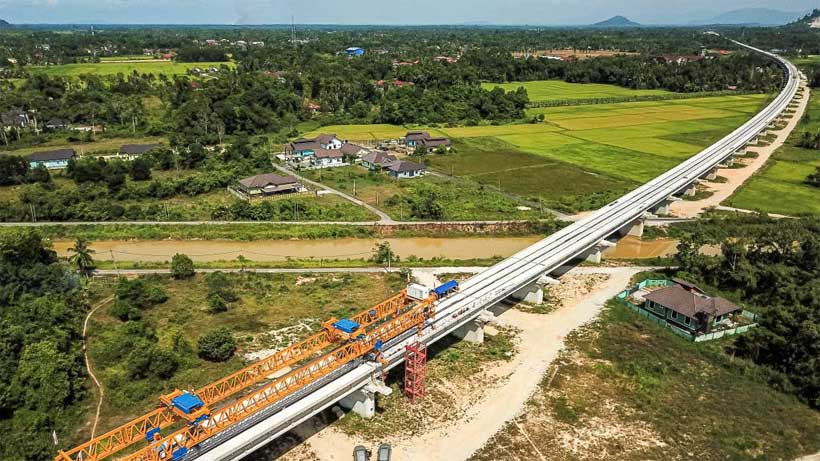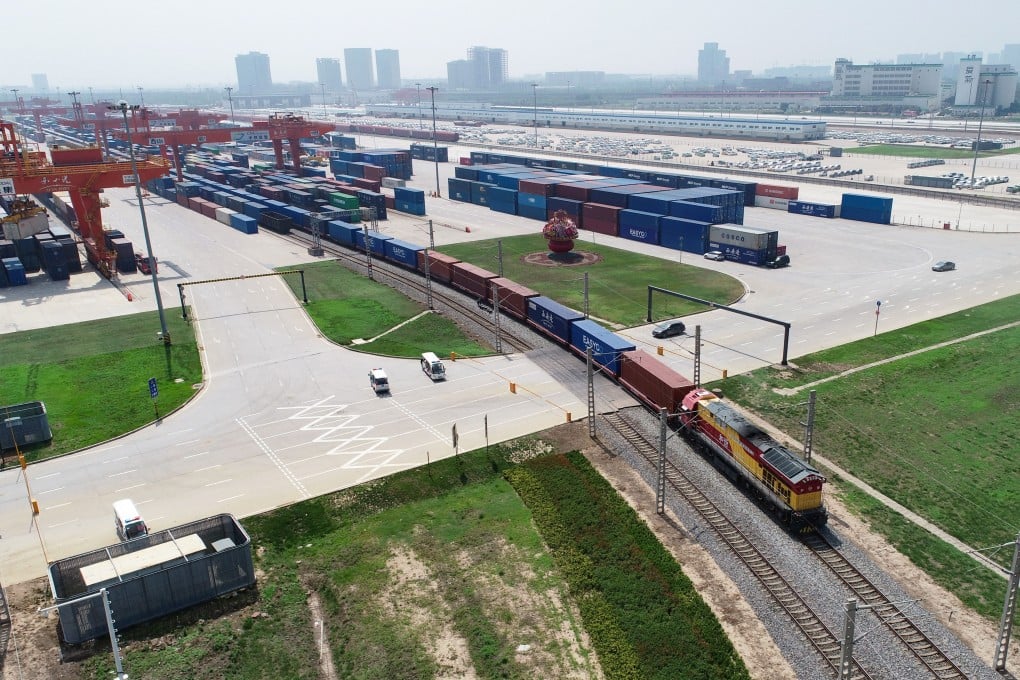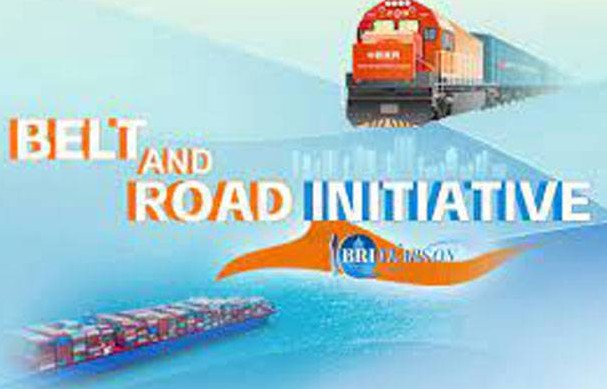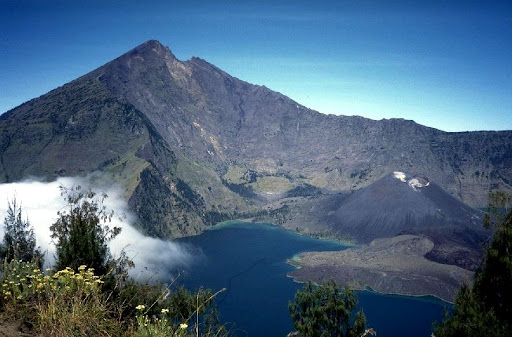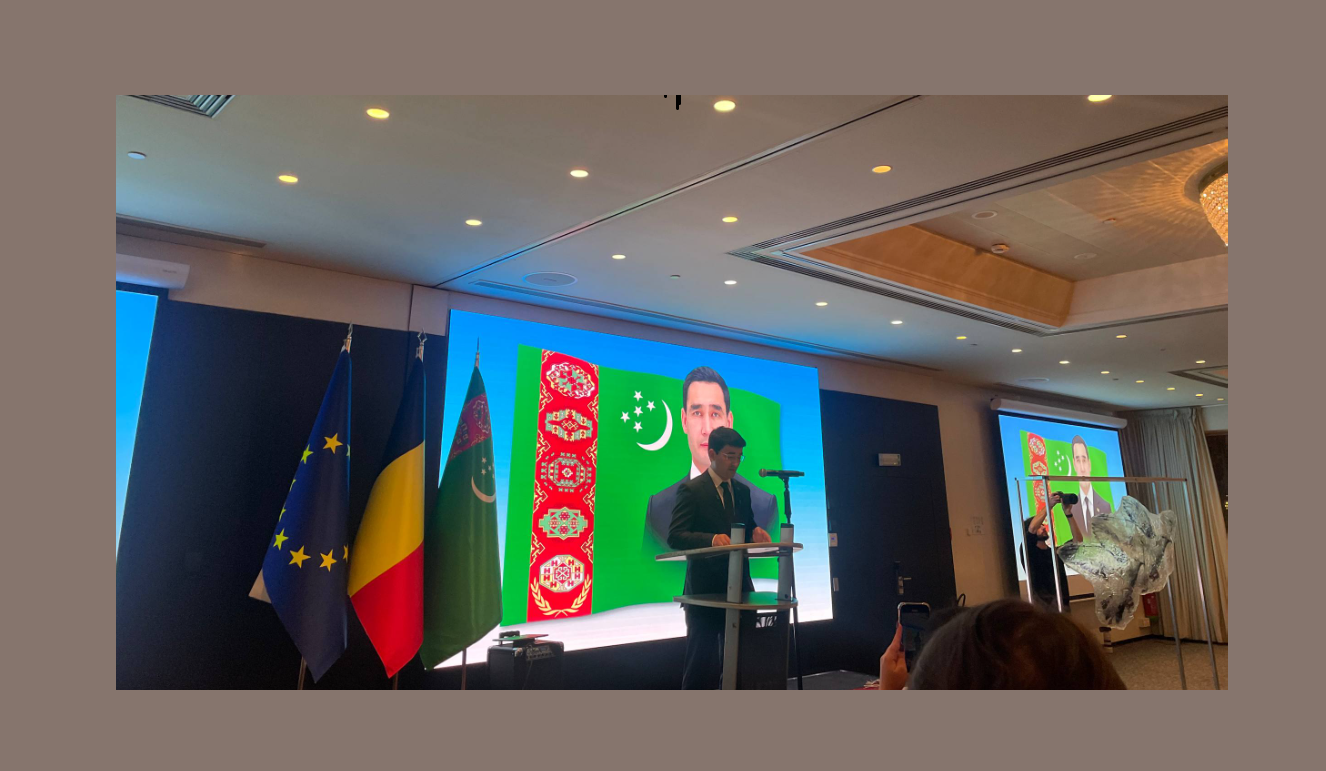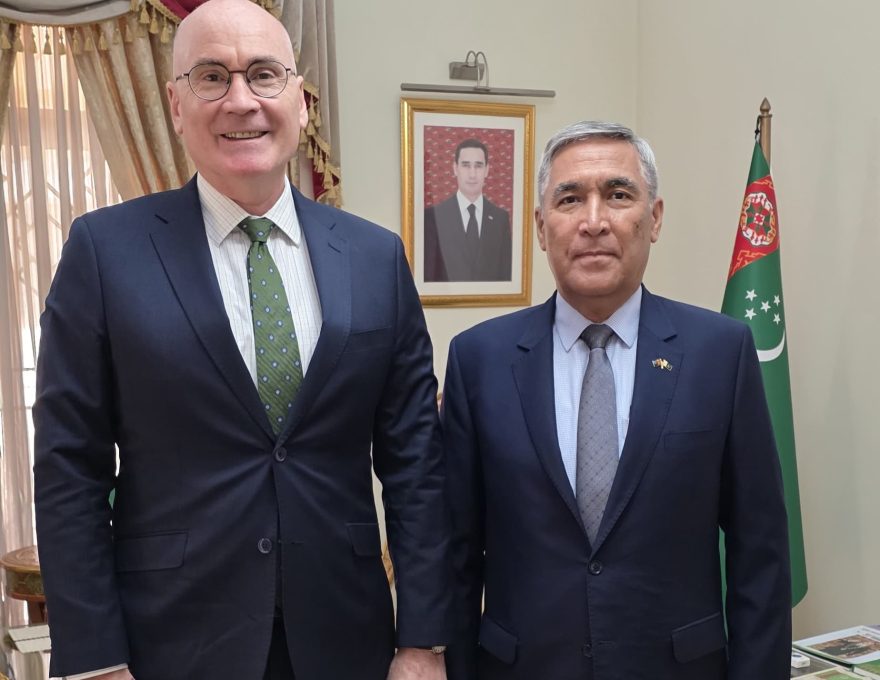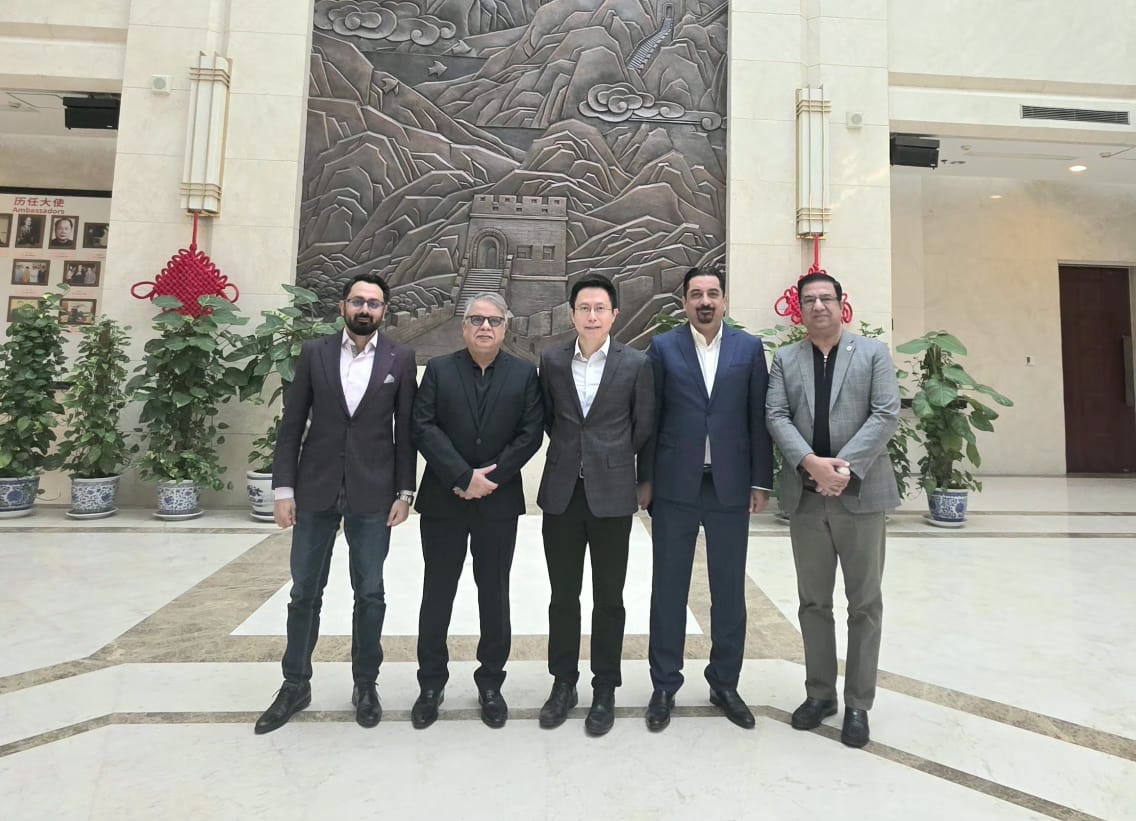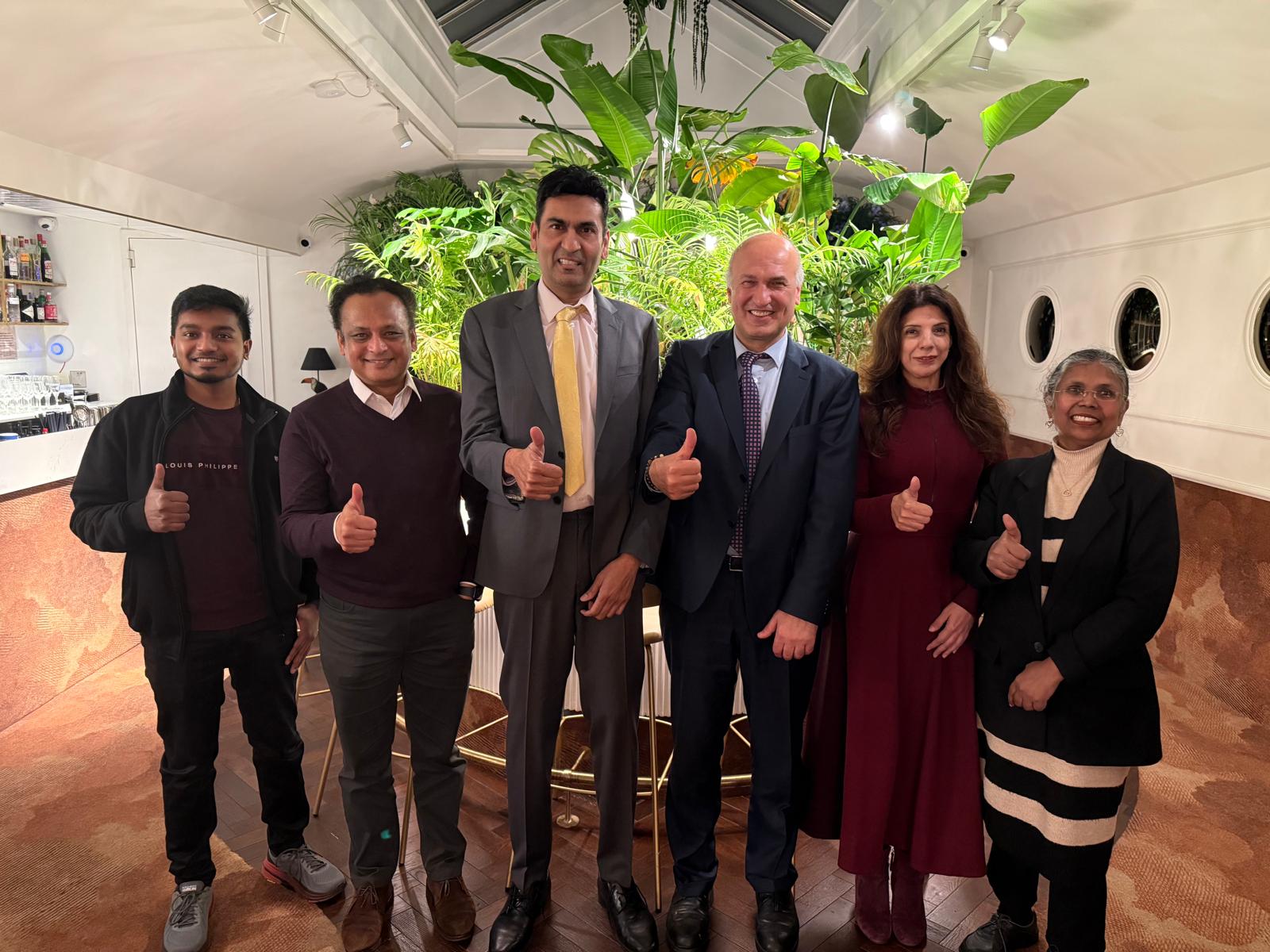BRI was started 12 years ago, as an aim of China for global connectivity. It is gigantic infrastructure project connecting Asia, Europe and Africa for enhancing trade. China is doing high level of investment in ports, railways, energy sectors and technology. China is making its relations better with the other countries by improving the needed infrastructure and spreading its muscles (influence) to not just the allies but also the other regions of the world. Pakistan has established power generation projects. The work is going on for technological cooperation that is E-commerce, communication networks and 5G technology. Currently, $60 billion budget has been estimated so far for CPEC. Globally, $1 trillion has been spent on the project and it still has projected to $1.8 trillion. This will enhance the international use of Chinese currency “Renminbi”. It will gain international push and will accelerate the Chinese Monetary Diplomacy. If more nations will show interest then the Chinese currency will be strengthened and can reduce the dominancy of dollar.
Even the Central Asian countries (land locked countries) are getting highways to enhance the trade. We are witnessing that every state wants to gain influence even it is forcefully but on the other hand China is changing its strategies with the need of time. It uses the tactics with the need of the states. China offers projects what the state needs. The states accept it without managing its policy of return. East is seeing it as peaceful rise of China. Here is something to note that it is the state which is responsible for loan or debt not the donor. The recipient should know that they can pay back the debt or not or how will they pay back the loan. Despite the debt problem, the partner states like the developing countries still agree to the infrastructure development deals with China because it is favorable in reducing their cost of transport, attract the foreigners, and support the industrial growth to boost their economy. Not only the West but some Asian countries like India, taking it as a threat because the flagship project of BRI which is CPEC ( China Pakistan Economic corridor) passes through some disputed areas like Jammu and Kashmir which claims it’s part of territory.
On one side where the East is seeing the peaceful rise of China, the West is taking it as a threat. West and its allies has started it’s own projects to counter balance the influence of China by initiating different projects like Partnership for Global Infrastructure and Investment ( PGII) by G7 nations, The EU Global Gateway, Japan’s Partnership fir Quality Infrastructure (PQI), India-Middle East-Economic Corridor (IMEC). There are approximately 1500+ development projects that are under going BRI. There is the other smart tactic that China has used is solving their employment issue. China is the highest populated country in the world and the major issue in such populated countries is always unemployment. China has smartly dealt with this issue by providing its people “A Huge Global Connectivity Project”. China doesn’t take labors from other states, it only provides its high skilled labor.
The project of BRI is not just about construction but it shows how the development becomes the new reflection of diplomacy and connectivity. China’s BRI has presented new model of connectivity and development without political conditions. BRI has connected over the 130+ countries through ports, highways, maritime Silk Road, railways and even through technology. Many developing countries have gained advanced infrastructure which they could not get through Western loans. Western states only priorities development in their allies while BRI is bringing development in the under developed countries as well. It has become an alternative to the West by balancing the Western dominance. There are some negative points of this project as well which need to be addressed.
Partner states of BRI project are taking larger loans even they don’t have the capacity to pay back the loans. There are prominent cases of Pakistan and Sri Lanka. Pakistan is under high debt and it does not have the capacity to return the loan. Sri Lanka’s “Hambantota” port is now under the 99 years of lease just because of not returning the debt. That is how you could lose your national strategic assets. Other issue is the lack of transparency. The terms and conditions of the deal are not clear which can cause future issues between the partner states. The environment has also been effected because the construction is on large scale. The strategies to control this pollution issue are following but still there is need to control the problem.
Hence, BRI is not perfect project but it actually complex partnership in which state should participate by complete policy formation and clear terms and conditions. This represents new form of globalization rising not from the West but from the East. The image of BRI has grown far from just project, it has now become global network which enhancing Chinese influence not by just physical infrastructure but also through long term influence.

Participant of ICSF-UoS Fellowship Program 2025-26 at University of Sargodha.


